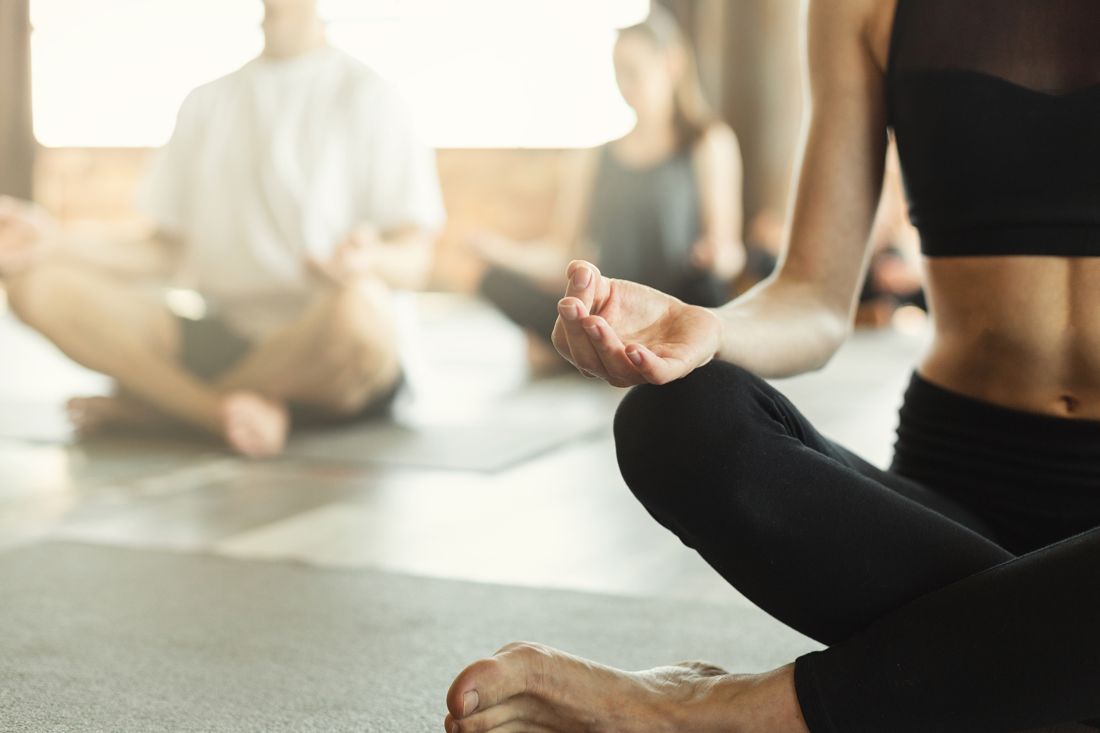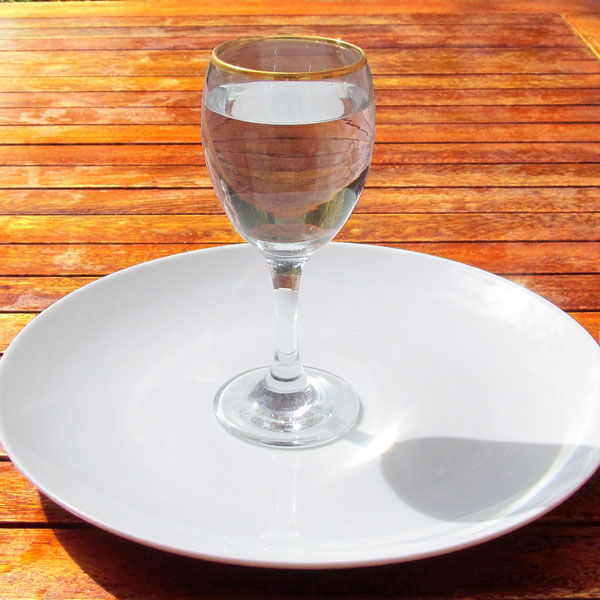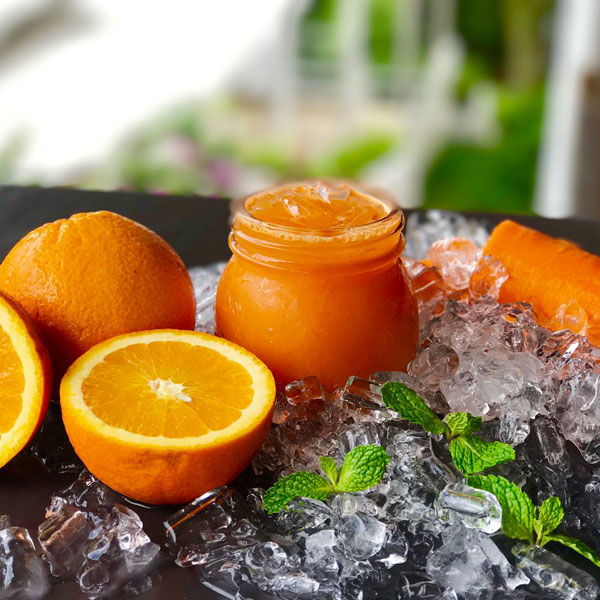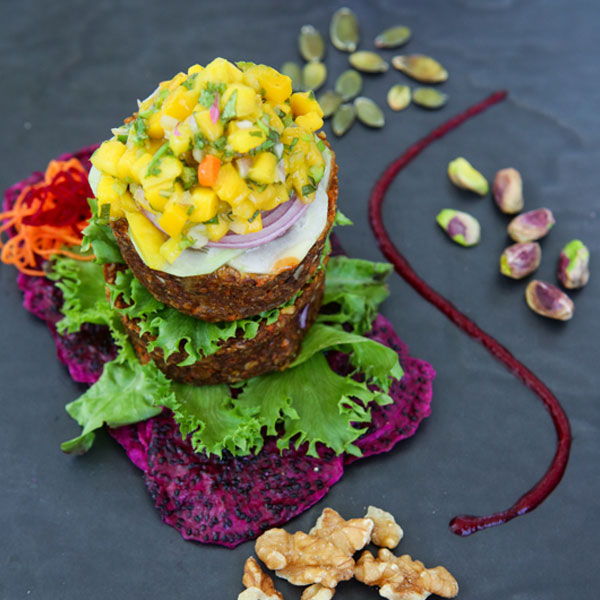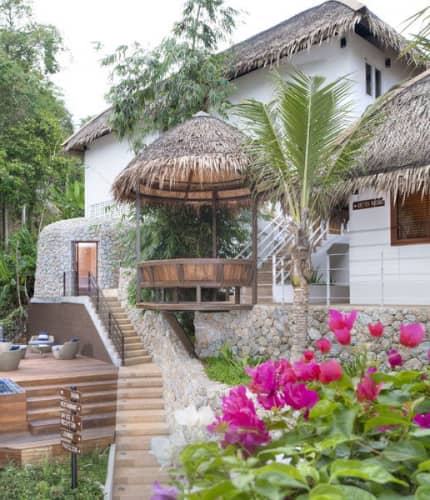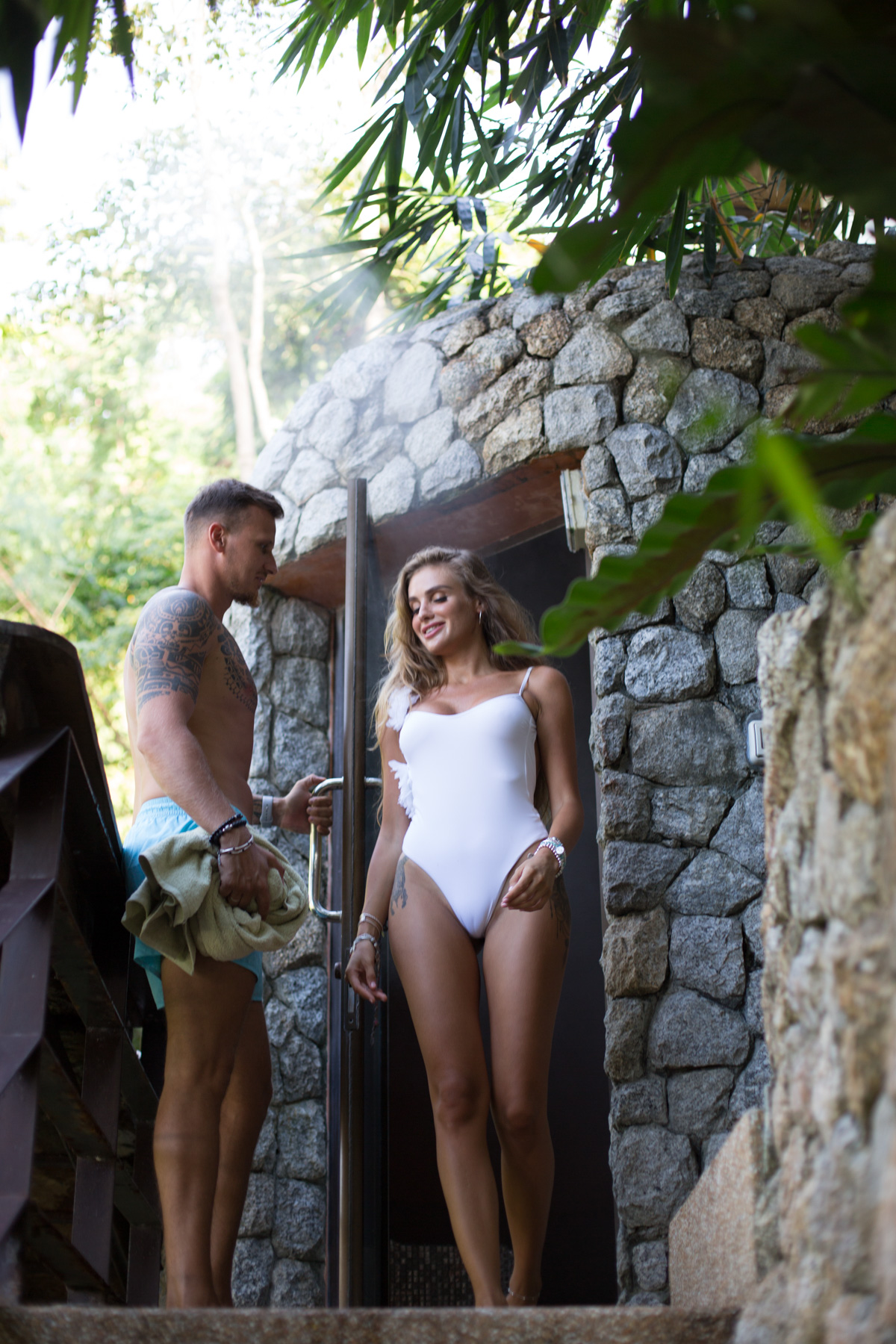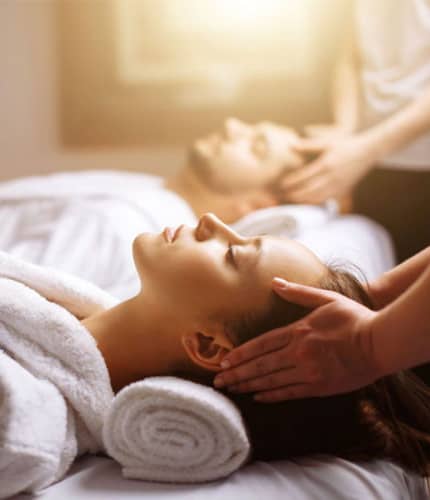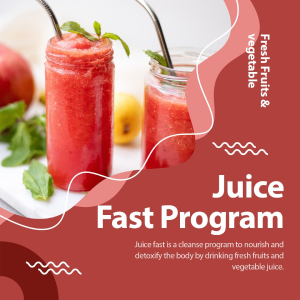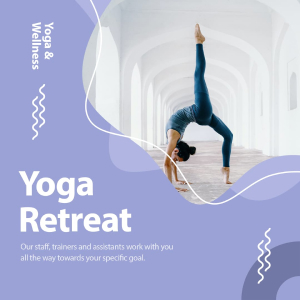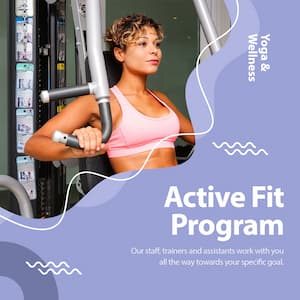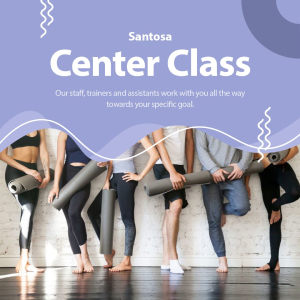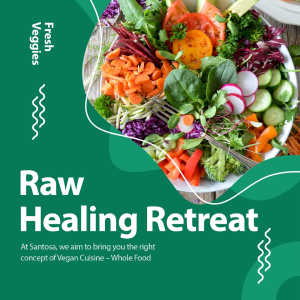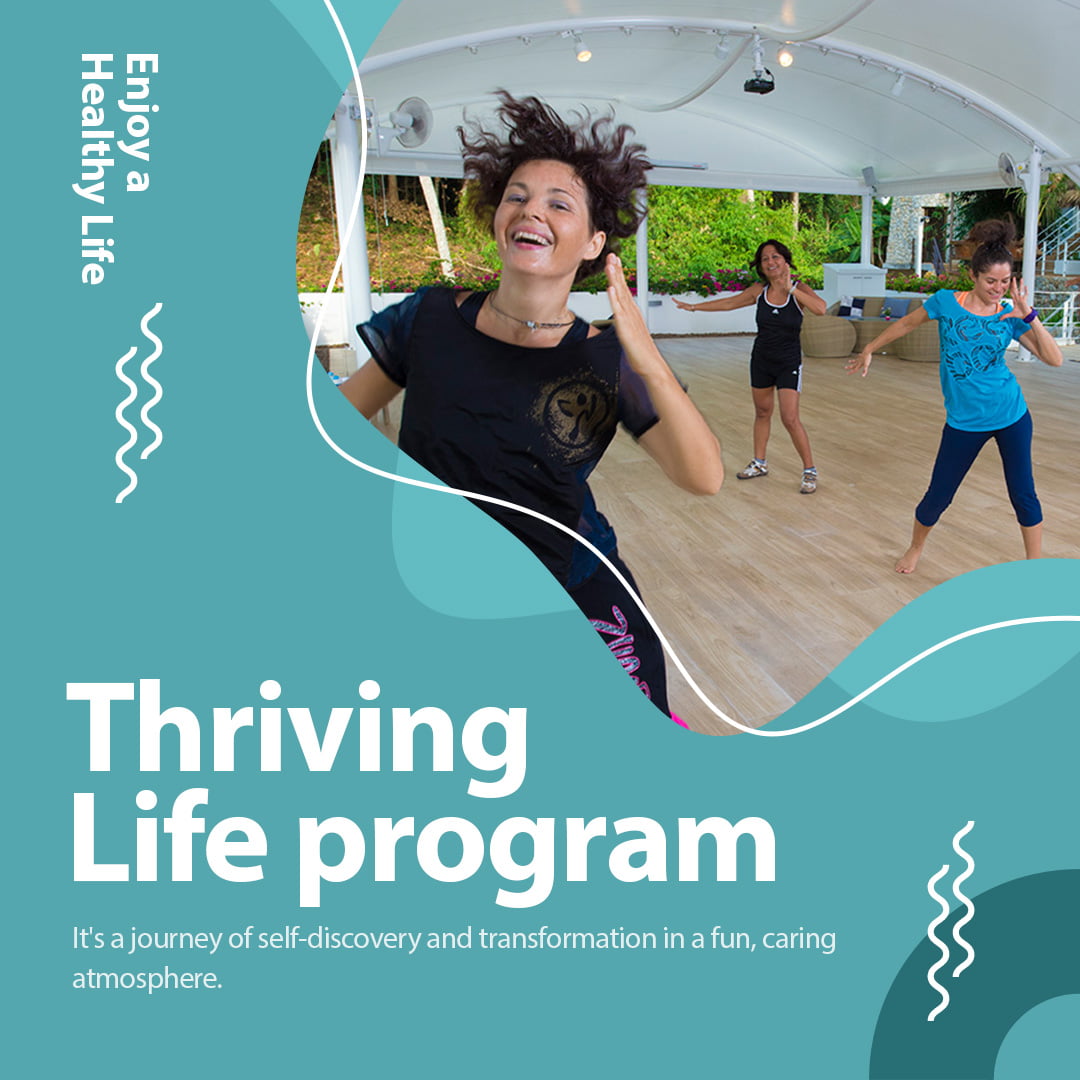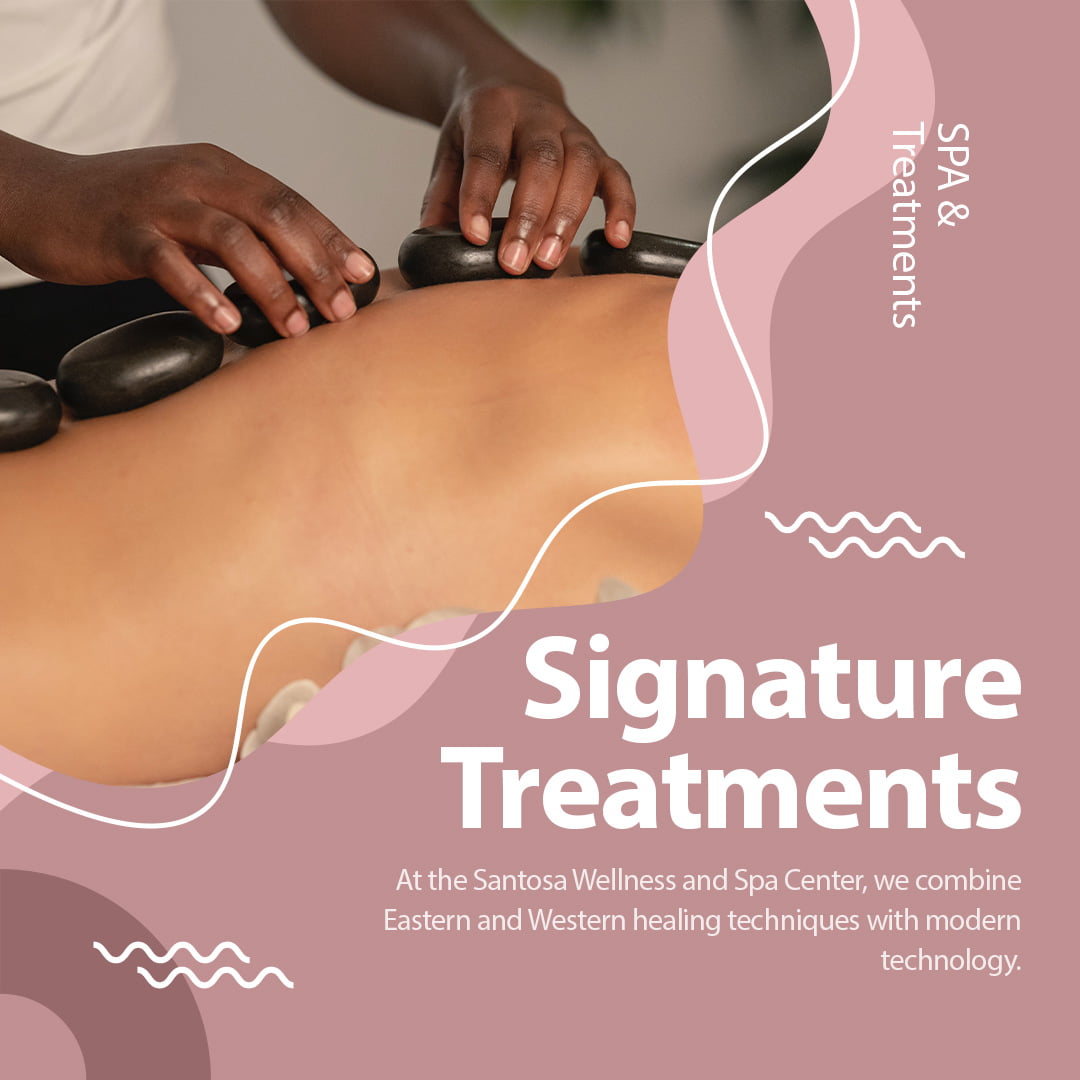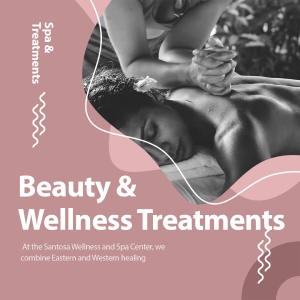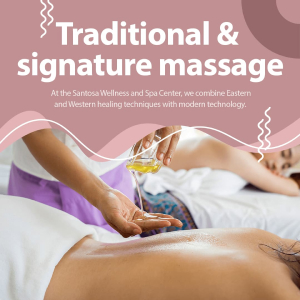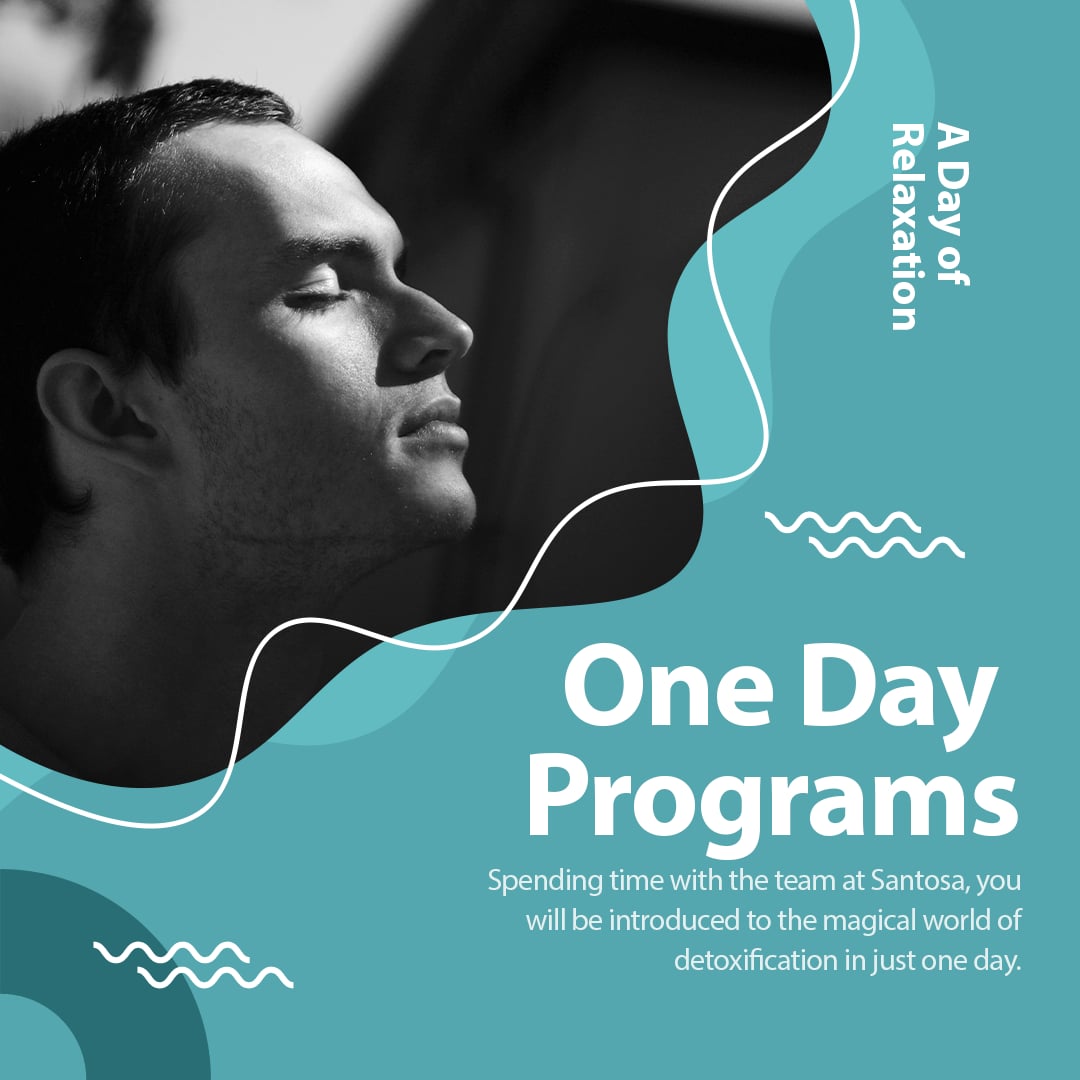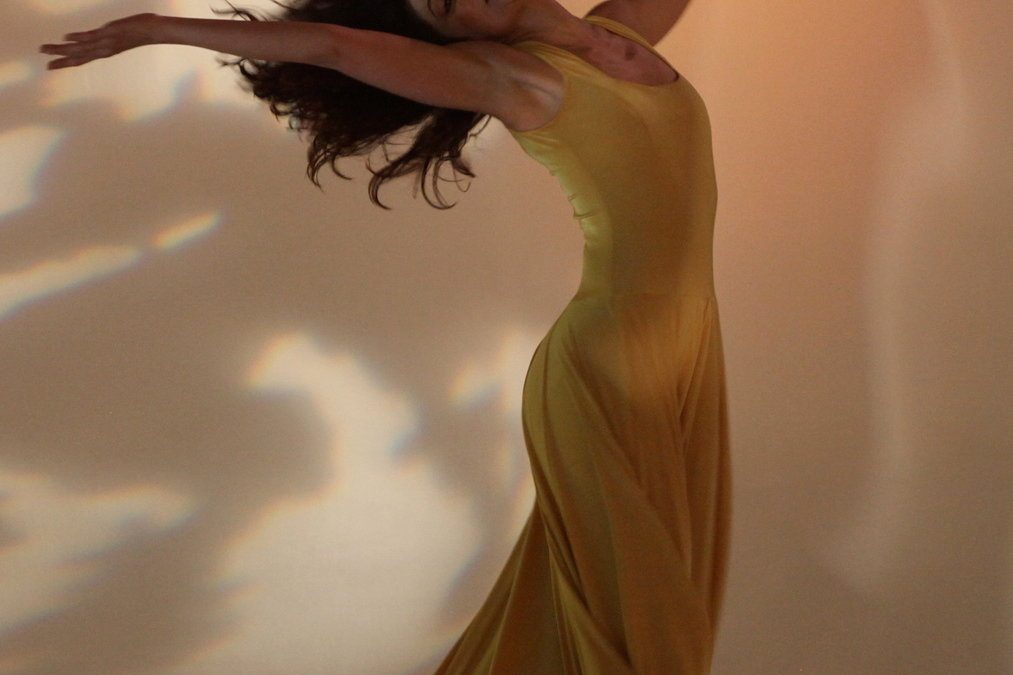
Dec 6, 2014 | Santosa Programs
At Santosa Detox & Wellness Center, every Saturday afternoon, we have a very special meditation – Osho active meditation.
Many meditative techniques require one to sit still and silent. But for most of us accumulated stress in our body and mind makes that difficult. In the modern world people are living a very repressed life.
“Just sitting directly in silence won’t help. The moment you will sit silently, you will see all sorts of things moving inside you; you will feel it almost impossible to be silent. First throw those things out so you come to a natural state of rest. Real meditation starts only when you are at rest.” – Osho
Before we can hope to access our inner powerhouse of consciousness, we need to let go of our tensions. All of Osho’s active meditations involve a beginning stage of activity — sometimes intense and physical — followed by a period of silence. All are accompanied by music that has been specially composed to guide the meditator through the different stages.
Osho Kundalini Meditation lasts for one hour and has four stages, three with music, and the last without. It is best done at sunset or in the late afternoon. It can be done alone, but the energy will be more powerful if it is done in a group. Being fully immersed in the shaking and dancing of the first two stages helps to “melt” the rock-like being, wherever the energy flow has been repressed and blocked. Then that energy can flow, dance and be transformed into bliss and joy.
The last two stages enable all this energy to flow vertically, to move upwards into silence. It is a highly effective way of unwinding and letting go at the end of the day. As the mind becomes completely empty, your whole energy becomes aflame of awakening. This flame is the result of meditation. So you can say meditation is another name of watching, witnessing, observing – without any judgement, without any evaluation. One thing has to be remembered about meditation; it is a long journey and there is no shortcut.It is a long journey because the change is very deep and is achieved after many years of routine habits, thinking, desiring.
Welcome to join us on Saturday to explore more life possibilities!
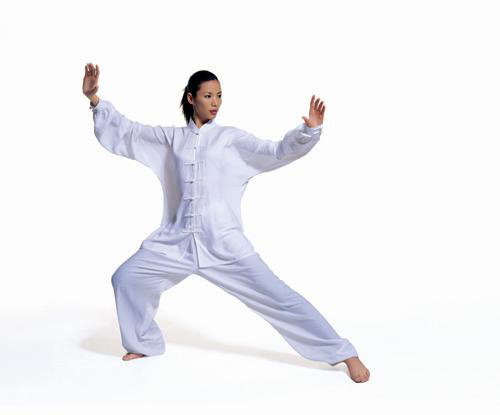
Oct 12, 2014 | Santosa Programs
Why do we use movement in meditation?
There are so many ways to be enlightened… So many ways to enter in another realm of consciousness. Why do we want to shake, shake, shake? Represented by the dormant, curled up snake, at the base of the spine, the shaking motion of this active meditation aims to awaken an immeasurable power and spiritual energy in the body, mind and spirit. Amplifying universal consciousness and intuition, the practice is said to spiritually enlighten through movement. The aim is to open the mind through the Kundalini Shakti, and use the energy of the earth to let your natural self emerge.
Our over-stimulated minds often struggle to be still during meditative practice, and many feel that the western mind is more suited to this dynamic form of meditation. Using the power of the earth to generate movement in the body, it is incredible to stop and actually feel the sheer force of energy in a ball between your hands – a practice that make this form of meditation much more tangible than many others. The innate power of Shakti energy forms a beautiful synergy with the surge of feminine energy coursing through the globe, and balances out the imbalance of masculinity.
For the best guidance on Kundalini –we refer to the words of Osho….
If you are doing the kundalini meditation, allow the shaking – but don’t do it! Stand silently, feel it coming, and when your body starts a little trembling, help it, but don’t do it! Enjoy it, feel blissful about it, allow it, receive it, welcome it, but don’t will it.
If you force, it will become an exercise, a bodily physical exercise. Then the shaking will be there, but just on the surface. It will not penetrate you. You will remain solid, stone-like, rocklike within. You will remain the manipulator, the doer, and the body will only be following. The body is not the question, you are the question.
When I say shake, I mean your solidity, your rocklike being should shake to the very foundations, so it becomes liquid, fluid, melts, flows. And when the rocklike being becomes liquid your body will follow. Then there is no shaker, only shaking; then nobody is doing it, it is simply happening. Then the doer is not.
“Enjoy it, but don’t will it. And remember, whenever you will a thing you cannot enjoy it. They are reverse, opposites; they never meet. If you will a thing you cannot enjoy it, if you enjoy it you cannot will it.” Osho
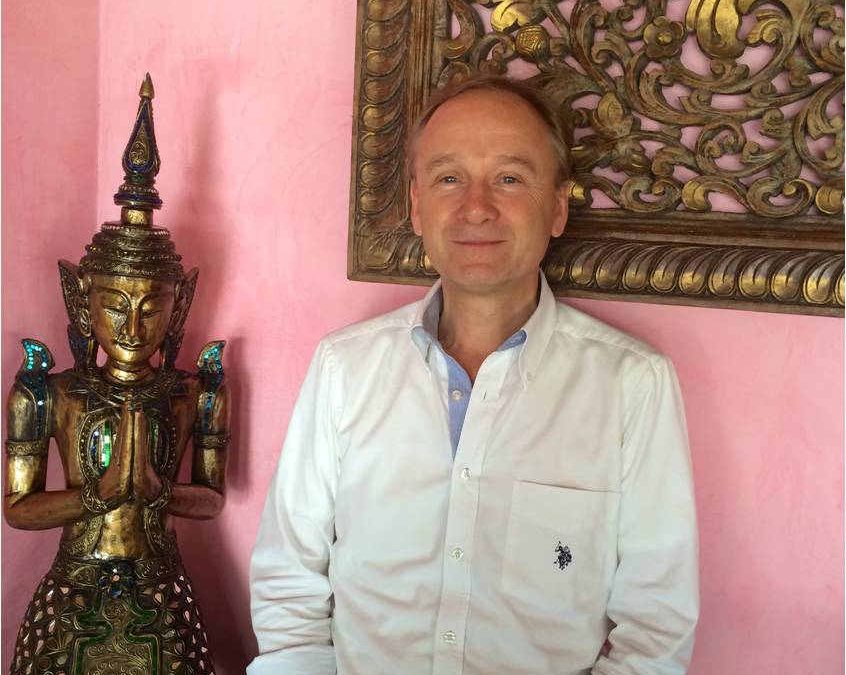
Oct 6, 2014 | Santosa Programs
What is Pranic Healing?
Pranic Healing® is a simple yet powerful & effective system of no-touch energy healing. It is based on the fundamental principles that the body is a self-repairing living entity that possesses the ability to heal itself and that the healing process is accelerated by increasing this life force that is readily available from the sun, air and ground to address physical & emotional imbalances.
Master Choa Kok Sui says “Life Energy or prana is all around us. It is pervasive; we are actually in an ocean of Life Energy. Based on this principle, a healer can draw in Pranic Energy or Life Energy from the surroundings.”
Pranic Healing® requires no drugs, gadgets, not even physical contact with the subject. Physical contact is not required because the practitioner is working on the bioplasmic or energy body and not directly on the physical body. This energy body, or aura, is the mold or blueprint that surrounds and interpenetrates the physical body. It is the energy body that absorbs life energy and distributes it throughout the physical body, to the muscles, organs, glands, etc. The reason Pranic Healing® works on the energy body is that physical ailments first appear as energetic disruptions in the aura before manifesting as problems in the physical body.
This pervasive energy that surrounds, interpenetrates and sustains the physical body, also affects our emotions, our ability to handle stress, relationships and even finances.
“In Ancient times, Pranic Healing could only be practiced by an elite few. My job was to develop a very effective healing system, which ordinary people could learn in just a short period. Anybody can practice pranic healing now. The knowledge of being able to deal with simple ailments is quite empowering.”
Master Choa Kok Sui
Master Choa Kok Sui developed Pranic Healing® as a comprehensive System of energy medicine to improve the quality of our everyday lives. The courses offered are designed to give a person a well-rounded education in Energy Healing and other Esoteric Sciences. These courses are offered across the United States and throughout the World.
At Santosa Detox Center in Phuket we now offer Pranic Healing® sessions and Pranic Healing® courses.
John Campbell, in the picture above, has been practicing Pranic Healing since 2004 and is a registered instructor in Thailand and the UAE. Please contact [email protected] to book for the treatment.
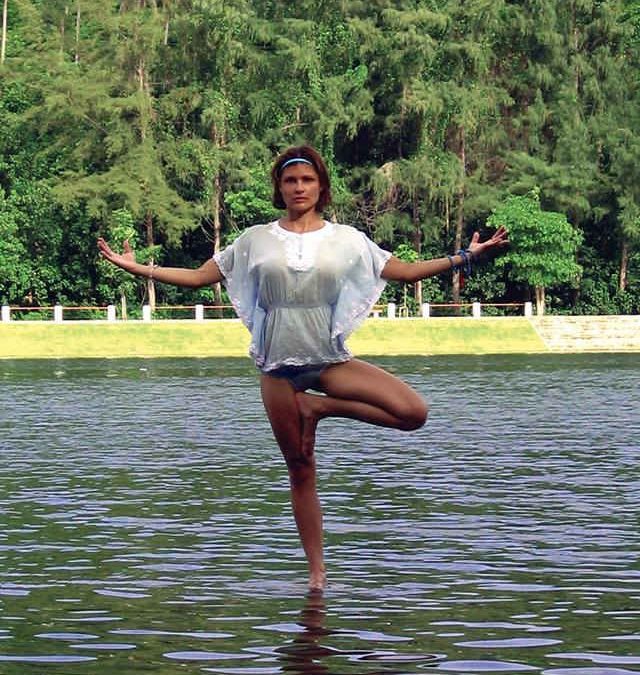
Oct 3, 2014 | Santosa Programs
Yoga is a beautiful spiritual practice in any form, and the variety on offer is almost overwhelming for anybody new to the ancient art of finding our inner balance. All forms have one thing in common, a focus on the breath and the ability to manoeuvre the body into stretching out the spinal ligaments and other muscles in order to create ‘oneness’ between mind, body and spirit. To find out which style suits you best, refer to our simple guide below:
Hatha
Hatha yoga is the basis of all yoga disciplines. Sitting at the top of the yoga tree, is considered a generic term to describe all forms of yoga that teach physical postures. A Hatha class is a wonderful introduction into basic yoga practice, and you will leave the class feeling stretched, supple and sublime.
Ashtanga
Pattabhi Jois was responsible for bringing Ashtanga to the west in the 1970’s. Based on ancient teachings, the vigorous practice follows a set series of postures, in the same order. These postures link movement into breath. Ashtanga is considered a dynamic practice, that will get your heart rate going!
Bikram
A firm favorite of models and celebrities, Bikram Choudhury invented this form of yoga around 35 years ago. The practice is performed in an artificially heated room, where a series of 26 poses are performed twice. It is a widely popular practice; however it is not popular amongst yogis! Proponents report detoxification benefits, a bikram ‘high’ after class, and an incredible amount of weight loss. Opponents complain of hyperextension in the heat and the trademarked series, which makes it impossible to teach this style of yoga in any other way.
Iyengar
B.K.S. Iyengar created this very meticulous style of yoga, with a firm focus on alignment. A wide variety of yoga props are used during this practice, such as blocks, straps and bolsters to help create perfect form. Because the poses are held for longer periods of time, a strong mental and physical workout can be felt in an Iyengar class.
Kundalini Yoga
The white turban-wearing visionary Yogi Bhajan bought Kundalini to the West in 1969. With a focus on breathing and chanting—rather than movement. It unleashes the Kundalini energy found at the base of the spine. Controlled breathing is used to facilitate this release, and makes this class different from many of the other modalities. It is the perfect class to try if you want to unleash your inner yogi spirit!
Aerial Yoga
The fluid, gravity-defying twist on yoga shows how we can learn to fly whilst relieving compressed joints and re-aligning the body. The practice uses graceful, trapeze-like movements which sometimes seem like acrobatics. A wonderful way to do inversion poses, aerial yoga really is an innovative fitness trend, and we are so proud to be the only center in Phuket offering suspended movement in every direction along with stimulation of the organs, muscles and bones. Flying creates liberty, weightlessness, and a power that is hard to replicate, aerial yoga gives us a passage into the art of achieving the impossible.
At Santosa, our detox guests are treated to a wonderful view of the big Buddha under Phuket’s sunny skies. And what better way to find a retreat from the rigours of modern day life than on a mat on our lovely pavilion, under the guidance of Phuket’s most talented yogis.
We have a mixture of Yin (hips), Kundalini meditation, Hatha yoga and of course the latest craze, aerial! Discover the beauty of your essence by making a booking today.

Sep 14, 2014 | Santosa Programs
Meditation is hard. Don’t let those serene looking stock photos deceive you like they deceived me!
So there I am sitting on my special little cushion (because that’s supposed to help!?) closed eyes, and breathing. I try to breath and everything is tight and hurts. Why am I doing this! So I stop. Frustrated.
ut the next day I sit down on my little cushion again. Why? Not because it made me feel amazingly serene and relaxed but out of the fact that surely it can’t be so hard to sit and breathe without thinking!
So more out of defiance than out of self love did my meditation practice evolve. And it taught me exactly that, self love and patience.
Meditation is not easy, at least for some individuals. But it is so worth it once you overcome the really hard parts, the start and the point where you think “I’ve mastered this I can stop now” point.
Tips to Follow
Here are a few tips on how to get past these hurdles to a point where meditation isn’t something we strive for or achieve but rather a moment in space where we can experience our being with no judgment.
- Make mediation a dedicated practice like any regime you have. Set aside a certain time for this and make sure not to be disturbed. Even get yourself a special cushion if you like…
- Give yourself a little warm up stretch before doing your meditation. Prep your body just as much as your mind.
- Find a meditation style that suits you and don’t be too dogmatic about it. Walking, sitting and lying down are meditation options as well as eyes open or closed. See what works for you.
- Start with breath; it gives you something to focus on as well as slowing your heart rate and relaxing your muscles.
- When the frustration sneaks in, let it happen, don’t judge it just bring your attention back to your breath and let any negative feelings go. I found this to be very hard and what worked for me was just to say I’ll deal with those feelings later, by the end of the mediation you will have forgotten them altogether!
Dare to try? Make sure not to miss our beginners meditation class which takes place every Wednesday at Santosa Detox Center Phuket.
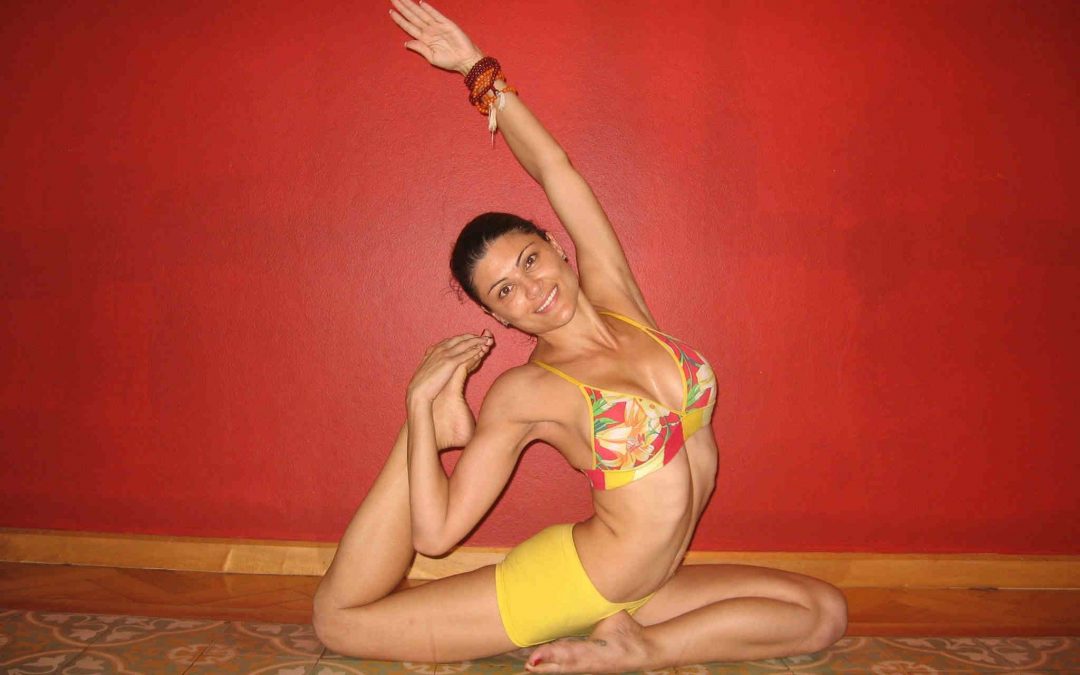
Sep 8, 2014 | Santosa Programs
Our hips store a great deal of emotion – tightness can indicate a plethora of feelings that we have attached to certain events in our lives, and stretching out this tenuous area often results in feelings of letting go and emotional lightness. Yoga is the perfect synergy between mind, body and spirit, that allows us to do this.
Hips need to be kept happy! Not only for the emotional benefit, but also for the fact that they are linked to the health of hamstring and lower back. When our hips are tight, often we find we develop issues in these areas too.
Yoga for Hips Inspiration
How Kim White embarked on her yogic journey is an inspiring story which demonstrates that yoga can really change the course of our lives. At three years of age, faced with the prospect of having to wear leg braces to enable her to walk, Kim’s forward thinking mother introduced her daughter to the practice of yoga. At fourteen, Kim taught her first yoga class in Australia. After many years of practical training, Kim’s path brought her to Thailand, where her spiritual journey began and where she met two very influential teachers.
One teacher showed her the deeper practice of asanas, pranayama, and the philosophical and practical basis of the Patanjali. Whilst the other, a master of the Eastern Arts, who has become her kalyanamitta, shared with her the Buddha Dhamma , Chi Gong and the hermetic sciences (a western metaphysical tradition).
Ajahn Kim White’s training was conducted in traditional ways, a live-in situation with master and student which spanned for over 3 years. She has a complete dedication to her chosen art, and an ability to teach without pretention, making it both fun and therapeutic. At Santosa we consider her to be a very unique and talented yogi, and when we decided to open the hip yoga class in Phuket, there was no doubt that she was our first choice to lead this innovative practice.
So, to keep your hips in tip-top shape, Phuket’s favourite yogi is coming to the rescue! Kim White, is THE guru when it comes to muscular-skeletal yoga knowledge. Join us every Thursday at 5pm to experience a feeling of body fluidity and emotional lightness like never before.
In order to book a session of Yoga for Hips with Kim please contact us here or on Facebook.
Namaste!






